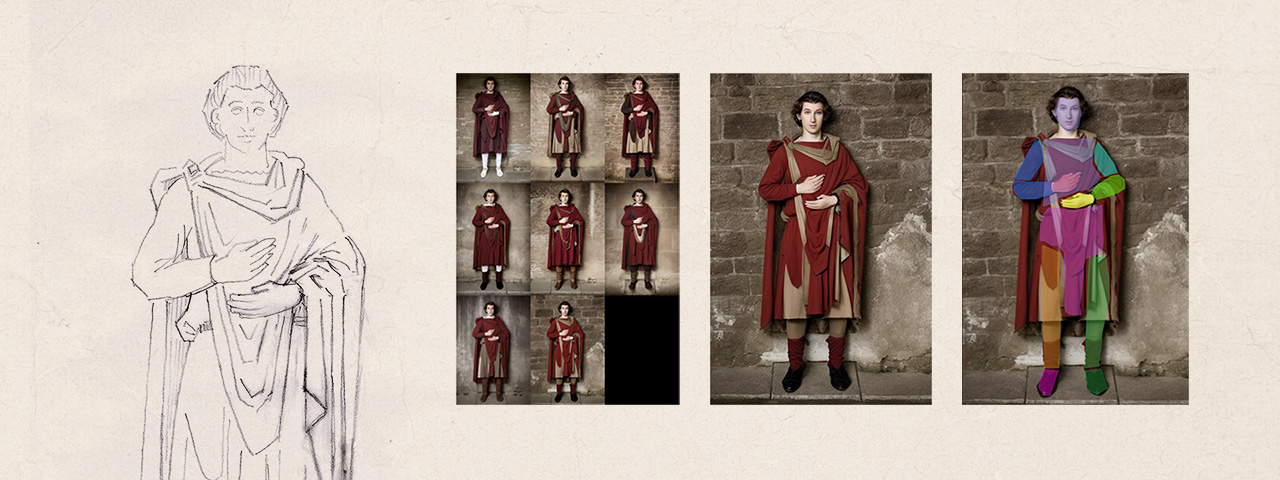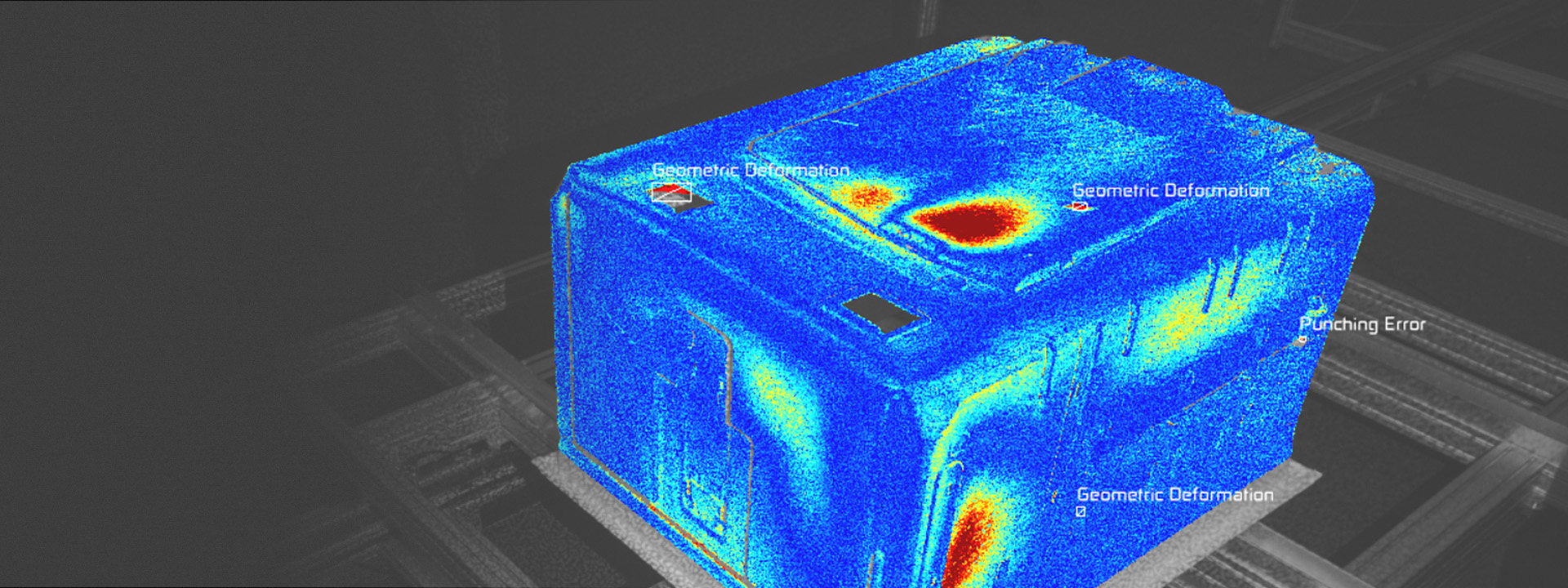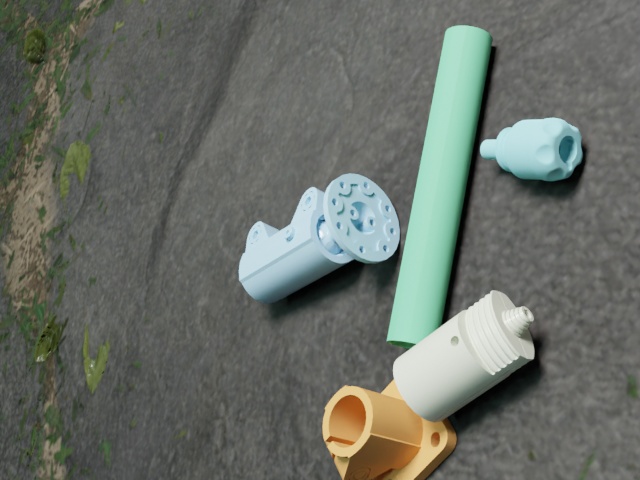3D reconstruction is the process of creating a 3D model of an object or scene from 2D images or other 2D data. One approach to 3D reconstruction is by using generative AI, which involves training a deep learning model to generate 3D models based on a set of input images. Generative AI models for 3D reconstruction typically use a process called autoencoders, which consist of an encoder and a decoder. The encoder takes in an input image and encodes it into a lower dimensional representation, while the decoder takes this representation and generates a 3D model. The autoencoder is trained using a dataset of input images and their corresponding 3D models, so that it can learn to generate accurate 3D models from the input images.
One of the benefits of generative AI for 3D reconstruction is its ability to generate high-quality models from a limited amount of input data. This is especially useful for tasks such as video 3D reconstruction, where there may be limited visibility of the object or scene. Additionally, generative AI models can be used to generate 3D models of objects or scenes that do not have an existing 3D model, which can be useful for tasks such as virtual reality and video game development.
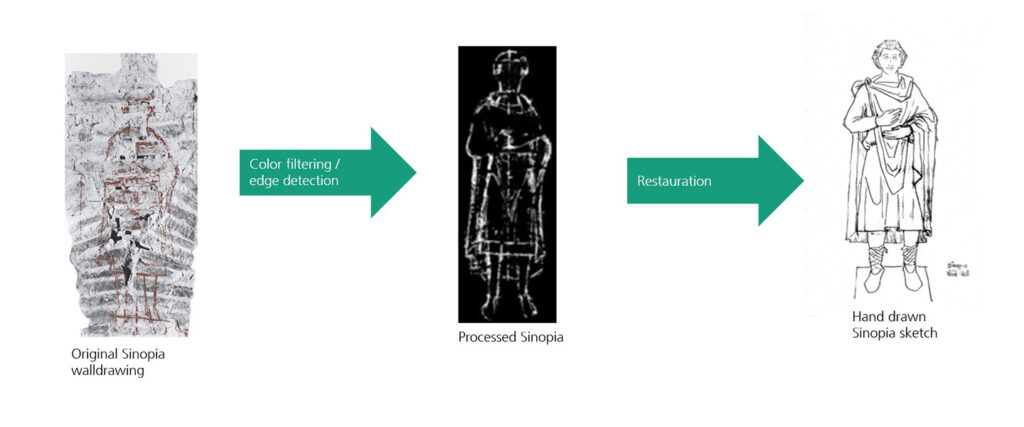
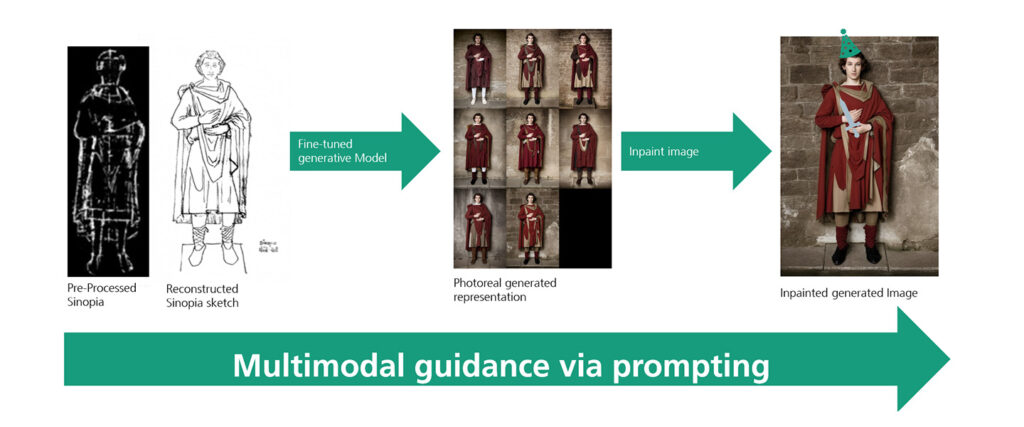
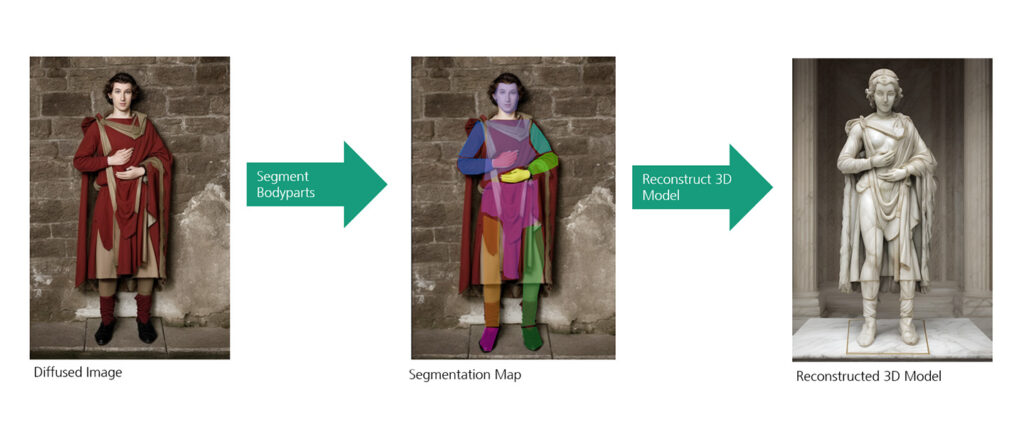
There are several variations of generative AI models for 3D reconstruction, including Variational Autoencoders (VAEs) and Generative Adversarial Networks (GANs) and Diffusion Models. These models are designed to generate 3D models that are both accurate and visually realistic. They are trained using a combination of supervised and unsupervised learning, and can be used for a wide range of applications, including architecture, engineering, and entertainment.
In summary, generative AI is a promising approach for 3D reconstruction, as it allows for the generation of high-quality 3D models from a limited amount of input data. Its ability to generate 3D models of objects or scenes that do not have an existing model makes it useful for a wide range of applications.

